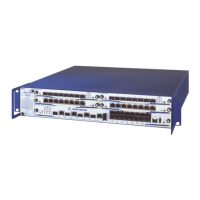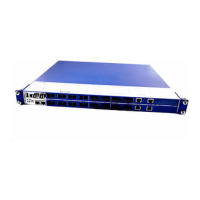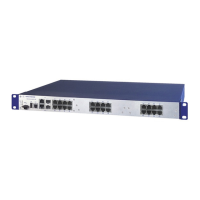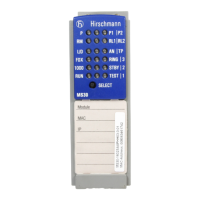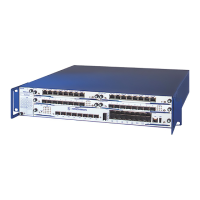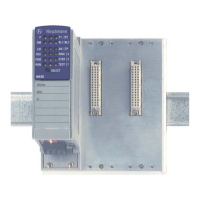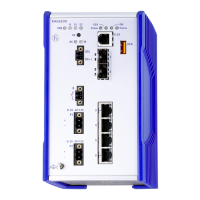Setting up configuration environment
Basic - L3P
Release
4.0
11/07
A.3
tftp server for software updates
13
A.3.1 Setting up the tftp process
General prerequisites:
X The local IP address of the Switch and the IP address of the tftp server or
the gateway are known to the Switch.
X The TCP/IP stack with tftp is installed on tftp server.
The following sections contain information on setting up the tftp process, ar-
ranged according to operating system and application.
SunOS and HP
First check whether the tftp daemon (background process) is running,
i.e. whether the file /etc/inetd.conf contains the following line (see fig.
77) and whether the status of this process is "IW":
SunOS
tftp dgram udp wait root /usr/etc/in.tftpd in.tftpd -
s /tftpboot
HP
tftp dgram udp wait root /usr/etc/in.tftpd tftpd
If the process is not in the file, or if the related line is commented out (#),
modify /etc/inetd.conf accordingly and then re-initialize the INET daemon.
This is performed with the command "kill -1 PID", where PID is the pro-
cess number of inetd. This re-initialization can be executed automatically
by entering the following UNIX commands:
SunOS
ps -ax | grep inetd | head -1 | awk -e {print $1} |
kill -1
HP
/etc/inetd -c
You can obtain additional information about the tftpd daemon tftpd with
the UNIX command "man tftpd".
